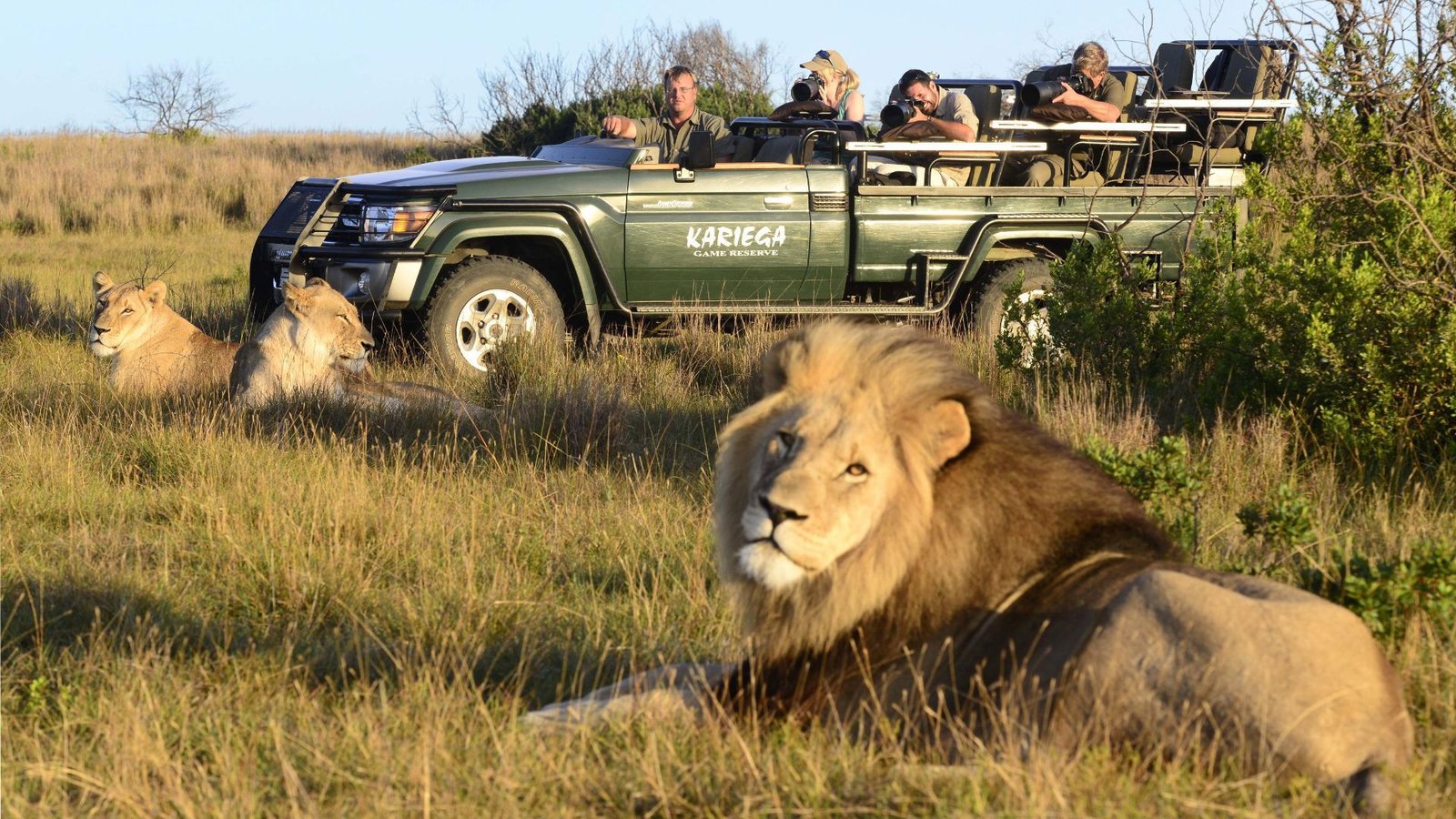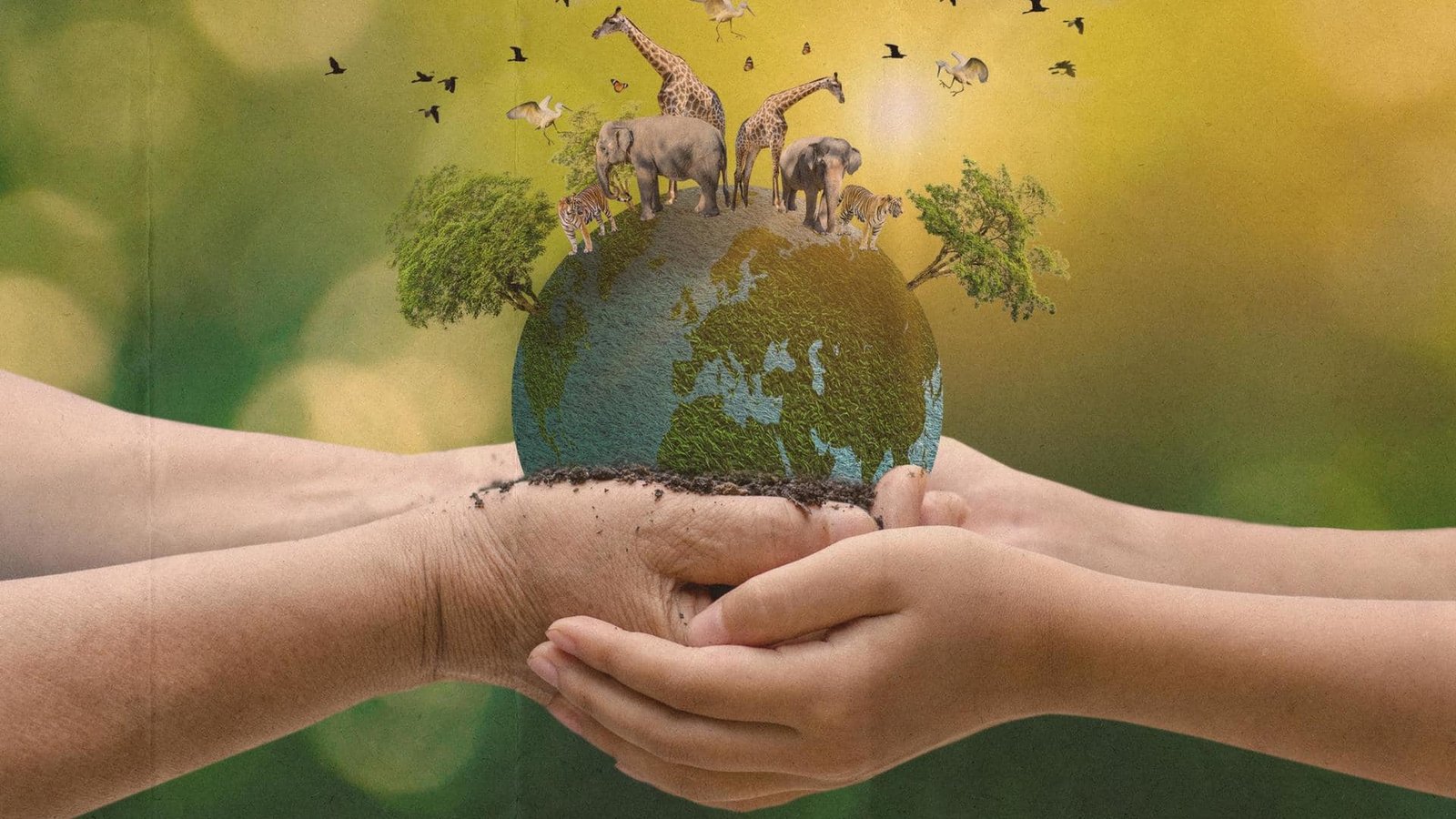Wild animals are more than just fascinating creatures to observe—they are integral to the health and balance of ecosystems. From the tiniest insects to the largest mammals, every species plays a unique role in maintaining the intricate web of life. But why exactly are wild animals so important to ecosystems? Let’s explore the critical roles they play and how their presence—or absence—can have far-reaching consequences.
Maintaining Biodiversity: The Foundation of Healthy Ecosystems
Wild animals are key contributors to biodiversity, which is the variety of life in a particular habitat or ecosystem.
- Species Interdependence: Each species, no matter how small, interacts with others in ways that sustain the ecosystem. For example, bees pollinate plants, which in turn provide food for other animals.
- Genetic Diversity: Wild animals contribute to genetic diversity within species, making ecosystems more resilient to changes like disease or climate shifts.
Pollination: Ensuring Plant Reproduction
Many wild animals, particularly insects, birds, and bats, are essential pollinators.
- Bees and Butterflies: These insects pollinate a significant portion of flowering plants, including many crops that humans rely on for food.
- Birds and Bats: Species like hummingbirds and fruit bats also play a crucial role in pollinating plants, especially in tropical regions.
Seed Dispersal: Promoting Plant Growth
Wild animals help plants spread their seeds, ensuring the growth of new vegetation.
- Birds and Mammals: Animals like birds, monkeys, and elephants eat fruits and excrete the seeds in different locations, aiding in plant reproduction.
- Insects: Some insects, like ants, carry seeds to their nests, where they germinate and grow.
Predator-Prey Relationships: Balancing Populations
Predators and prey play a vital role in maintaining the balance of ecosystems.
- Regulating Populations: Predators like lions, wolves, and hawks keep prey populations in check, preventing overgrazing and ensuring the survival of plant species.
- Trophic Cascades: The presence or absence of top predators can have cascading effects throughout the ecosystem, influencing everything from plant growth to water quality.
Nutrient Cycling: Recycling Essential Elements
Wild animals contribute to the cycling of nutrients, which is essential for soil health and plant growth.
- Decomposers: Insects, fungi, and scavengers like vultures break down dead plants and animals, returning nutrients to the soil.
- Soil Aeration: Animals like earthworms and burrowing mammals aerate the soil, improving its structure and fertility.
Ecosystem Engineers: Shaping Habitats
Some wild animals physically modify their environments, creating habitats for other species.
- Beavers: By building dams, beavers create wetlands that support a diverse range of plants and animals.
- Elephants: These giants knock down trees and clear paths, creating open spaces that benefit other species.
Pest Control: Natural Predators
Wild animals help control pest populations, reducing the need for chemical pesticides.
- Birds and Bats: These animals consume large quantities of insects, including agricultural pests.
- Predatory Insects: Ladybugs and praying mantises feed on aphids and other pests that damage crops.
Climate Regulation: Carbon Sequestration
Wild animals play a role in regulating the climate by influencing carbon cycles.
- Forest Animals: Animals like elephants and gorillas help maintain forests by dispersing seeds and promoting tree growth. Forests act as carbon sinks, absorbing CO2 from the atmosphere.
- Marine Animals: Whales and other marine animals contribute to carbon sequestration by supporting phytoplankton growth, which absorbs CO2.
Cultural and Economic Value
Wild animals hold significant cultural and economic importance for human communities.
- Ecotourism: Wildlife tourism generates billions of dollars annually, providing livelihoods for millions of people.
- Cultural Significance: Many cultures revere wild animals as symbols of strength, wisdom, or spirituality.
10. Indicators of Ecosystem Health
Wild animals serve as bioindicators, reflecting the health of their environments.
- Sensitive Species: The presence or absence of certain species, like frogs or coral, can indicate water quality and ecosystem stability.
- Early Warning Signs: Declines in wildlife populations can signal environmental issues like pollution or habitat loss.
Conclusion
Wild animals are indispensable to ecosystems, performing roles that sustain life on Earth. From pollination and seed dispersal to nutrient cycling and climate regulation, their contributions are vast and varied. Protecting wild animals and their habitats is not just about preserving individual species—it’s about safeguarding the intricate web of life that supports us all. By understanding and appreciating the importance of wild animals, we can take meaningful steps toward conservation and a sustainable future.









